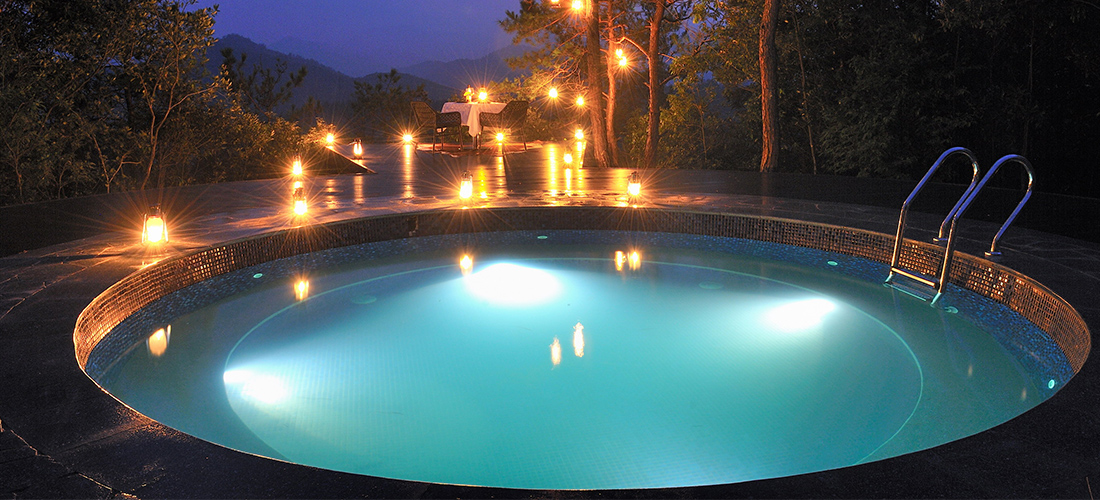The number of lumens required to light a pool can vary depending on factors such as the size of the pool, the brightness level required, and the type of lighting technology used. However, as a general guideline, here are some considerations for determining the lumens required for pool lighting:
1. Pool Size: The size of your pool will affect the total lumens required to adequately illuminate the area. Larger pools generally require more lumens to ensure even and adequate lighting coverage.
2. Desired brightness: Consider the brightness level you want for your pool area. Factors such as ambient lighting, the presence of landscaping or architectural features, and the intended use of the pool space (e.g., recreational swimming, nighttime activities) may influence the required brightness levels.
3. Lighting technology: The type of lighting technology used (such as LED, halogen or fiber optic) will affect the lumens required. For example, LED lights are known for their efficiency, providing ample illumination at lower lumens compared to traditional lighting options.
4. Underwater vs. above-water lighting: If you are considering underwater lighting for your pool, the lumens required for underwater fixtures may be different than those required for above-water or perimeter lighting.
While specific lumen requirements may vary, a rough estimate of the total lumens needed to light the pool area of an average-sized residential pool is likely to be between 10,000 and 30,000 lumens. However, it is important to consult with a professional lighting expert or electrician to determine precise lumen requirements based on the unique characteristics of your pool and your specific lighting goals.
Taking into account factors such as light distribution, color temperature and energy efficiency, professional evaluation can help ensure that the pool area is fully and effectively illuminated, and Heguang Lighting is the best choice in the field of swimming pool lights.
Post time: Mar-14-2024

